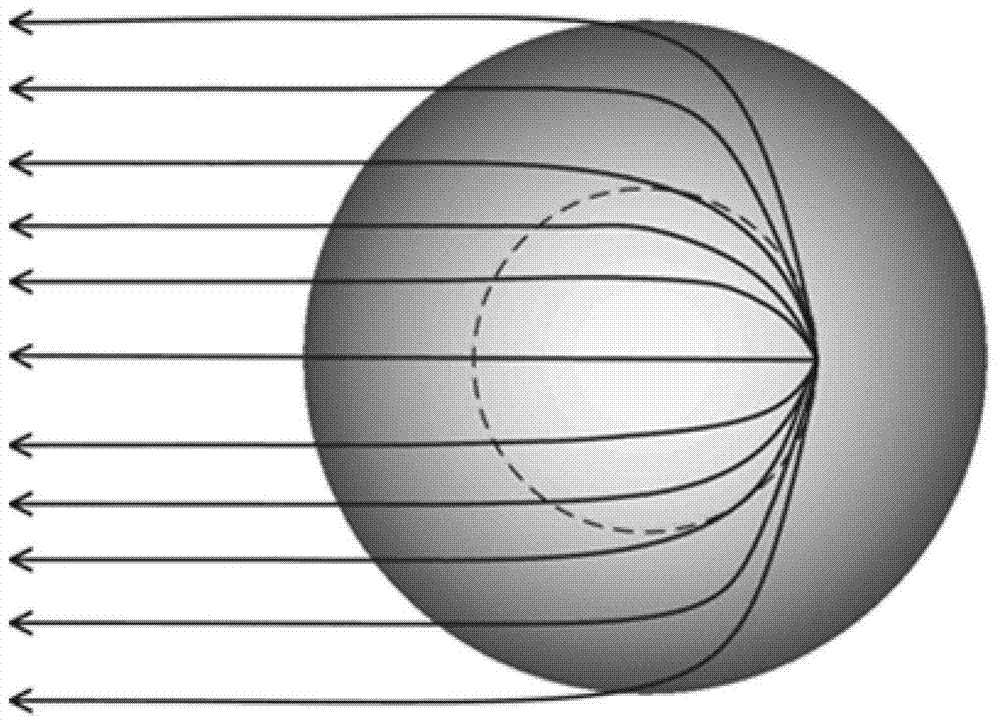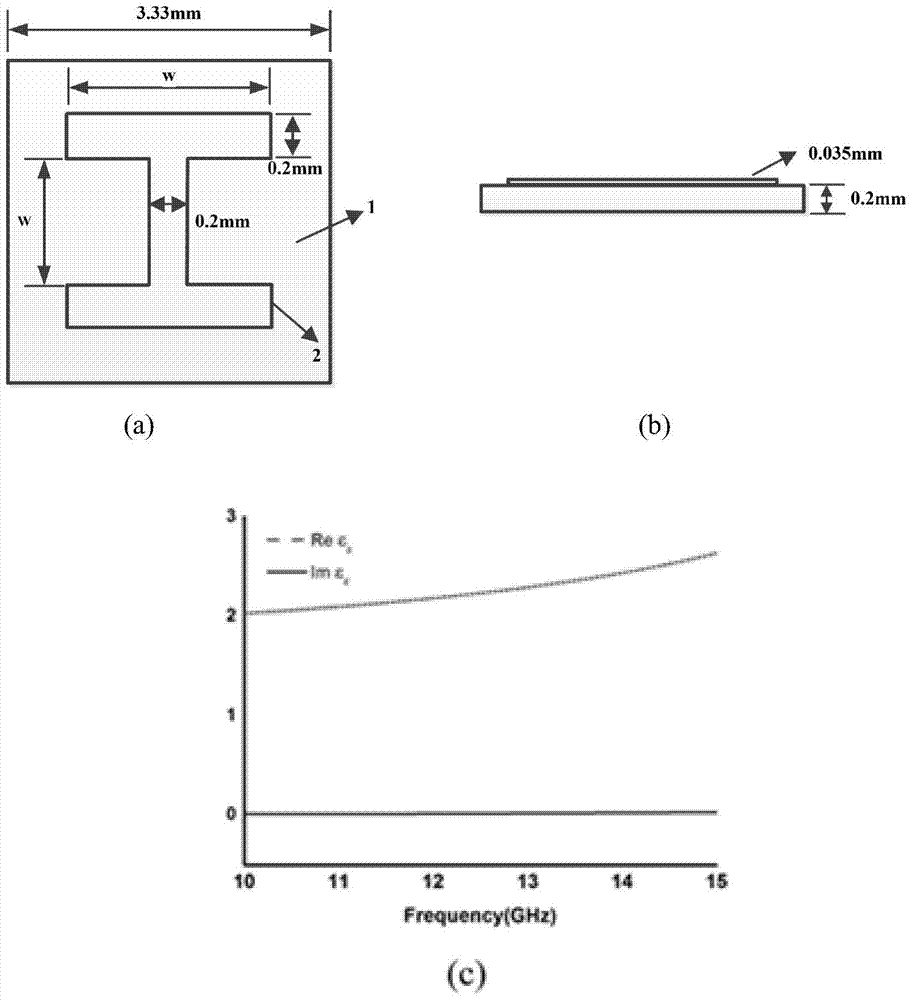Deformation luneberg lens based on novel metamaterials
A technology of artificial electromagnetic material and Lunberg lens, applied in electrical components, antennas and other directions, can solve problems such as unfavorable centralized design of components, and achieve the effects of light weight, convenient processing and simple production
- Summary
- Abstract
- Description
- Claims
- Application Information
AI Technical Summary
Problems solved by technology
Method used
Image
Examples
Embodiment Construction
[0020] Compared with the traditional two-dimensional Luneburg lens, the deformed Luneburg lens based on new artificial electromagnetic materials (Metamaterials) of the present invention can have its feed source placed inside the lens, and the feed source can move on a fixed circle to achieve wide-angle Wave velocity directional scan. The anamorphic Lunberg lens is composed of 15 dielectric thin layers attached to metal structures. Viewed from a top view, the 15 dielectric thin layers are bent into 15 concentric circles. A non-resonant metal "I" structure is periodically arranged on each dielectric sheet. The "I" metal structure is composed of two horizontal and one vertical metal strips, and the width and length of all metal strips are equal. The "I" structures on the same dielectric substrate have exactly the same size, while the "I" structures on different dielectric substrates have different sizes, that is, the lengths of the metal strips are different. Place the linear fe...
PUM
 Login to View More
Login to View More Abstract
Description
Claims
Application Information
 Login to View More
Login to View More - R&D
- Intellectual Property
- Life Sciences
- Materials
- Tech Scout
- Unparalleled Data Quality
- Higher Quality Content
- 60% Fewer Hallucinations
Browse by: Latest US Patents, China's latest patents, Technical Efficacy Thesaurus, Application Domain, Technology Topic, Popular Technical Reports.
© 2025 PatSnap. All rights reserved.Legal|Privacy policy|Modern Slavery Act Transparency Statement|Sitemap|About US| Contact US: help@patsnap.com



